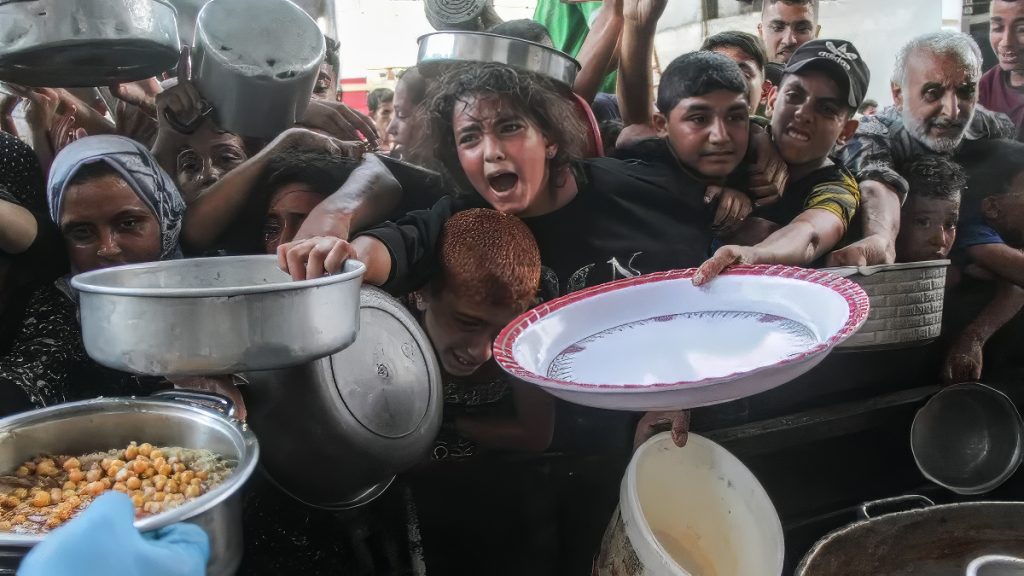Christians have celebrated the harvest for centuries, but what does that really mean in today’s world?
Here in the Northern Hemisphere, early August is astronomically mid‑summer, and traditionally a time to celebrate the harvest.
For most of history in temperate climates, the hungriest time of the year was later spring into early summer, when the winter food stores were increasingly depleted and the new crops were not yet ready for the table.
From ancient customs to Lammas Day
In medieval Britain, earlier pre‑Christian harvest celebrations were reinterpreted culturally.
The games, feasting and dancing of antiquity continued, but in early August, local priests would celebrate a Mass for the harvest.
Villagers would bring special loaves of bread to this Mass, baked from the newly harvested wheat grains; the priest would then bless them in thanksgiving.
Although never an official part of the liturgical calendar, August 1 became known as Lammas Day, from earlier medieval references to the “loaf Mass.”
Fading references and modern parallels
After Vatican II, references to Lammas Day in religious contexts diminished.
However, reading the schedule of state fairs in the United States this fall, I am acutely aware of one important reality: ancient and medieval celebrations were fueled by joy, grounded in the relief that the hungry season had ended and the seasons of abundance had returned.
Hunger remains in a modern world
Even today, in the 21st century, vast numbers of people will continue to suffer from hunger despite the yearly harvests around the globe, in both the Northern and Southern Hemispheres, as well as in tropical and temperate regions.
Even wealthier countries, such as the United States and Australia, have documented an increase in food insecurity among their populations. Various issues factor into this, not only severe weather events but also political movements aimed at cutting costs by decreasing public support for poorer households.

Global crises and famine
The United Nations has identified 22 countries where hunger and famine are more severe problems. Most are in Africa, where shortages—many of which are extreme—have been caused by both civil unrest and war, as well as weather disasters resulting from global climate change.
The same is true for Haiti in the Caribbean, Myanmar in South Asia and two countries in the Middle East, Syria and Lebanon. Most notably, Gaza is an area whose population is in extreme danger due to the deliberate blocking of relief supplies by the Israeli army in that ongoing conflict.
A papal challenge
At the end of June, Pope Leo XIV specifically addressed the cruelty of using hunger as a weapon of war, when “civilians languish in misery [and] political leaders grow fat on the profits of the conflict.”
As Christians, we know that Jesus frequently spoke about the poor and the hungry.
For example, in the Gospel of Luke, he blesses the hungry in the Beatitudes. And when speaking about the last judgment in Matthew, Jesus says that those who have fed the hungry will be among those who enter eternal life.
Act today
Especially during our harvest seasons, then, let us be mindful of the hungry: donate groceries to a food pantry or money to a recognised world hunger charity.
For millions around the globe, hunger knows no season and persists without relief.

- Joanne M. Pierce, Ph.D. is Professor Emerita Department of Religious Studies, College of the Holy Cross, Worcester, MA.
- Flashes of Insight is an international publication. The editorial policy is that spelling reflects the country of origin.

